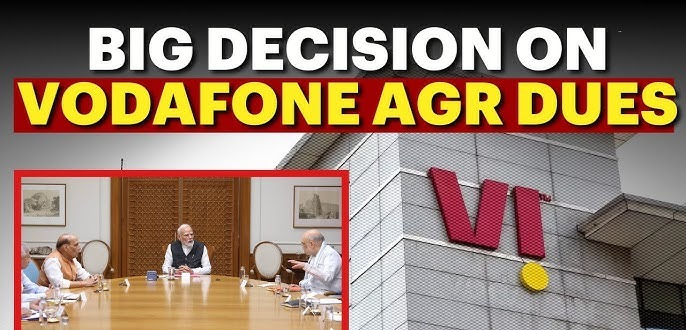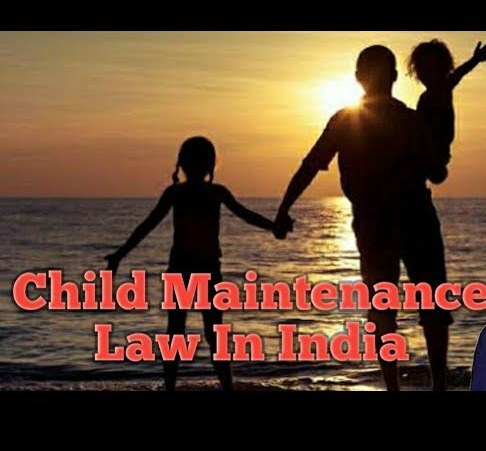Ajoy Nath Ray, J.@mdashThis is an application for filing of an Arbitration Agreement of 1976 in Court. Work was over in or about 1979 and on June 27, 1979, a No Claim Certificate was granted by the Petitioner.
2. Some five years later in or about 1984 the Petitioner forwarded details of the outstanding dues.
3. Both the parties were inactive thereafter for seven years.
4. In 1991 there was a fresh commencement of correspondence between the parties. The claims were again sent in or about April 1991 and those were rejected by a letter in or about 1992.
5. Mr. Basu has stated that the application u/s 20 is barred by limitation because of the residuary Article 137 of the Limitation Act, 1963. Mr. Basu has relied upon the case
6. Mr. Banerjee appearing for the Petitioner has said that even though there might have been no follow-up, and in fact, complete silence on the part of the Railways in regard to the claims made in 1984, yet the rejection under the pen of any authorised official came only as late in 1992. Mr. Banerjee relied upon the authority of the Supreme Court case
7. Mr. Banerjee relied also upon two Single Bench decisions of this Court, respectively
8. In my opinion, the circumstances of each case have to be examined for the purpose of determining when, or at what time, a dispute can be said to have arisen between the parties. A dispute is not necessarily always raised only by written correspondence. If one party asserts the existence of a certain state of facts, or about certain rights or liabilities, and the other party does not see eye to eye with the first party, then there can be said to be an existence of a dispute between the two parties.
9. A promissory note payable on a certain date, if not paid, does not necessarily required written follow-up letters for a dispute about the money to be in existence. The holder of a pro-note claims the money and the person who has executed the note raises a dispute by mere nonpayment.
10. There are authorities, which need not be listed again, which support the proposition that in appropriate circumstances, mere non-payment of a money claim is a dispute sufficient to found the jurisdiction of an Arbitrator.
11. On the basis of the facts and circumstances of this case, it appears to me that after forwarding of the claims as early as in 1984 the continuous and uninterrupted silence thereafter on the part of the Railways was sufficient to indicate that they were not minded to accede to the claims made by the Petitioner. In or about 1984 or at any reasonable time thereafter the Petitioner would be entitled to proceed, therefore, either under Chap. II or under Chap. III to refer the matter to arbitration and obtain payment of its claims made in 1984. The cause of action for applying thus arose in or about 1984.
12. It is also undeniable that the same disputes once again surfaced between the same parties in 1991 and there was a repetition of the claim ; the rejection, this time, came by an express letter. This cannot restart the cause of action, if it had once already started, and had become stale several years before the resumption of negotiations on the same old issue.
13. I conclude, therefore, that under the residuary article the present application u/s 20 is barred by limitation.
14. I would also say that in a case like this where seven years of unexplained delay stares one in the face, the Court should not, in its discretion, permit an Arbitration Agreement (which is 17 years old today) to be filed in Court and commence arbitration under its special auspices. Procedure under Chap. Ill is designed to be even more expeditious than the procedure under Chap. II, in that the parties have arbitration with constant recourse to Court, so that the matter is speeded up even more, at least theoretically, than in arbitrations without intervention of Court. It would be an improper use of discretion to make this specially expeditious remedy available to the Petitioner who woke up in this matter only after a large gap of time.
15. The application is, therefore, dismissed with costs.

